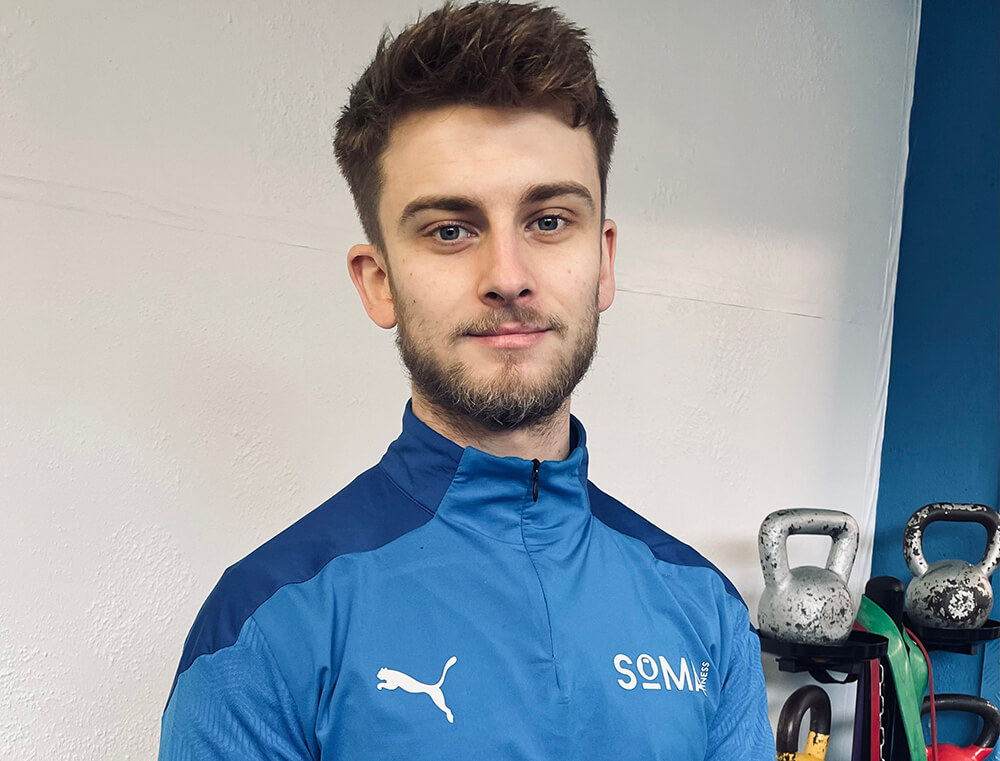Personal Training Tips | Strength and Conditioning for the Endurance Runner

Personal Trainers Tips: Thankfully, the general misconception that endurance athletes should only perform lightweights for a high number of reps has been exposed for quite a while now. It’s well understood that the majority of an endurance athletes’ time in the weights room is better spent lifting heavy weights (>80% of their 1 Rep Max) for a small number of reps (3-5 typically), as well as plyometric training (lifting a light load, explosively for a small number of reps) as this has been shown to have benefits such as helping maintain one’s running economy in the late stages of races. (Barnes et. al, 2013)
However, what isn’t as well understood is how to go from being a runner with little/no experience with weight training to one that can safely and effectively implement it into their training.
Firstly, learning correct exercise execution is critical so that athletes know how to do the exercise correctly when under load. This will not only minimise the risk of injury but also allow the athlete to perform the lift in the most efficient way, thus allowing for more weight to be lifted for a given amount of effort.
How does resistance training fit into the endurance runners training programme? The comprehensive answer to this question is too long for this article and will differ for each and every athlete. However, to answer in general terms, resistance training can be periodized. This means splitting up the year (macrocycle) into blocks with specific goals (mesocycles). Many runners will be familiar with the concept of periodisation and apply it to their endurance training, the same can be done with their resistance training, alongside their current training.
How resistance training is periodised will differ depending on the coaches ideology. In general, however, athletes will perform a strength endurance phase in the off season, a basic strength phase during off-season and pre-season, a strength/power phase during pre-season and then peaking and maintenance phases during competition season. (See Table for a visual representation of this)
| Period | General Preparatory | Specific Preparatory | Precompetitive | Main Competitive | Post Competitive |
| Stage of Competitive Season: | Off-Season | Off-Season/Pre-Season | Pre-Season | In-Season | Post-Season |
| Phase: | Strength Endurance/ | Basic Strength | Strength/Power | Peaking or Maintenance | Active Rest |
| Intensity: | Low- Moderate
30-75% 1RM |
Moderate-High
80-95% 1RM |
Low to High
80-95% 1RM 30-85% 1RM |
Low to High
50-90% 1RM
|
Low |
| Volume: | High:
3-6 sets 12-20 reps |
Moderate
2-6 sets 2-6 reps |
Low
2-5 sets 2-5 reps |
Very Low | Low |
*Post-Season does not necessarily have to include resistance training.
I hope this gives you a better idea of how resistance training can fit into a runners training schedule in order to benefit your performance. If you wish to get a more in-depth understanding on how trainers at SOMA can help implement these concepts into your training, please contact us.
References:
- Barnes, K. R., Hopkins, W. G., Mcguigan, M. R., Northuis, M. E., & Kilding, A. E. (2013). Effects of resistance training on running economy and cross-country performance.



Recent Comments